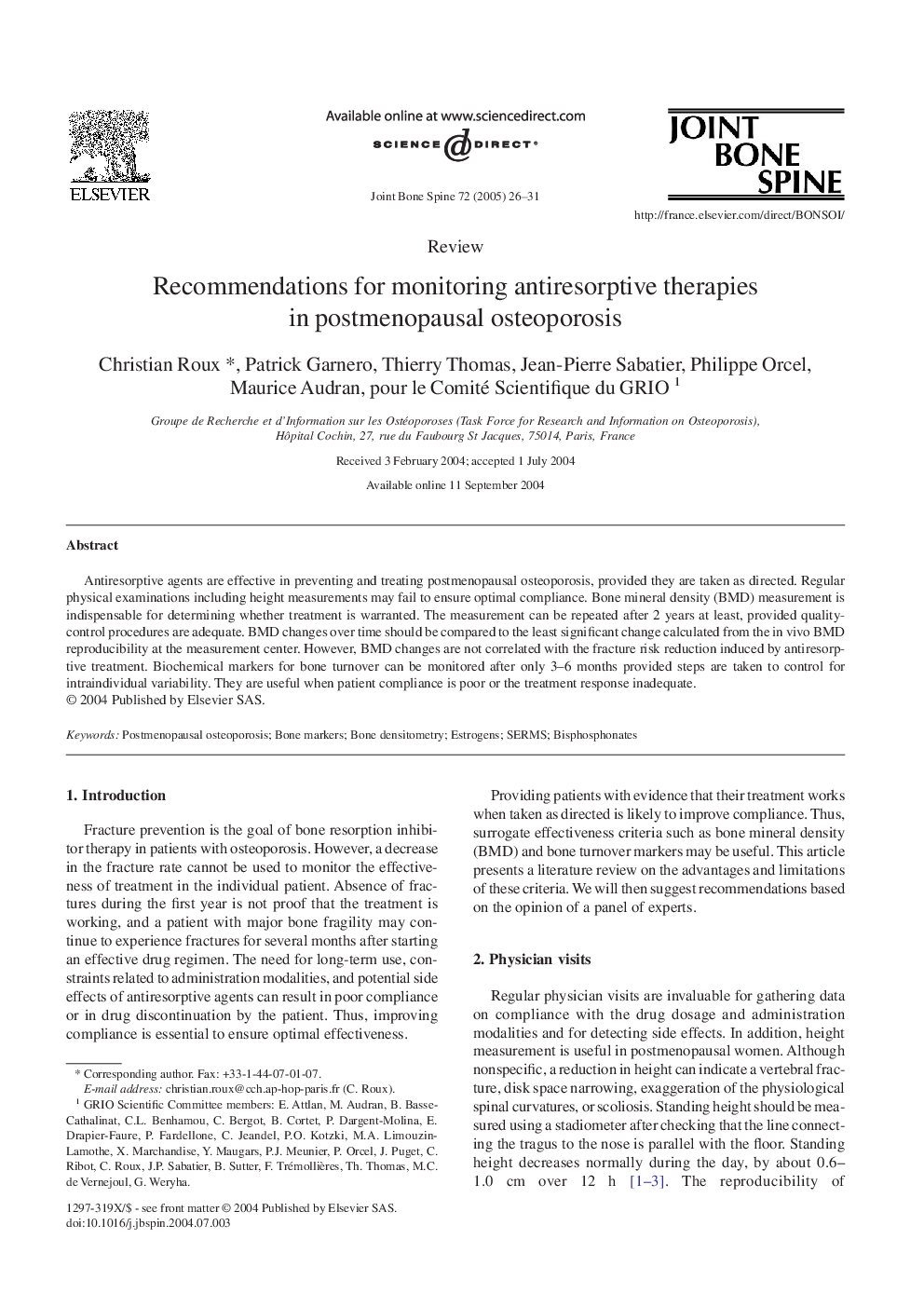| Article ID | Journal | Published Year | Pages | File Type |
|---|---|---|---|---|
| 9267643 | Joint Bone Spine | 2005 | 6 Pages |
Abstract
Antiresorptive agents are effective in preventing and treating postmenopausal osteoporosis, provided they are taken as directed. Regular physical examinations including height measurements may fail to ensure optimal compliance. Bone mineral density (BMD) measurement is indispensable for determining whether treatment is warranted. The measurement can be repeated after 2Â years at least, provided quality-control procedures are adequate. BMD changes over time should be compared to the least significant change calculated from the in vivo BMD reproducibility at the measurement center. However, BMD changes are not correlated with the fracture risk reduction induced by antiresorptive treatment. Biochemical markers for bone turnover can be monitored after only 3-6Â months provided steps are taken to control for intraindividual variability. They are useful when patient compliance is poor or the treatment response inadequate.
Related Topics
Health Sciences
Medicine and Dentistry
Immunology, Allergology and Rheumatology
Authors
Christian Roux, Patrick Garnero, Thierry Thomas, Jean-Pierre Sabatier, Philippe Orcel, Maurice Audran, pour le Comité Scientifique du GRIO pour le Comité Scientifique du GRIO,
